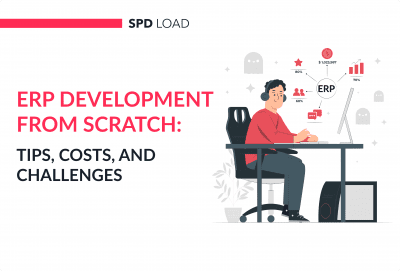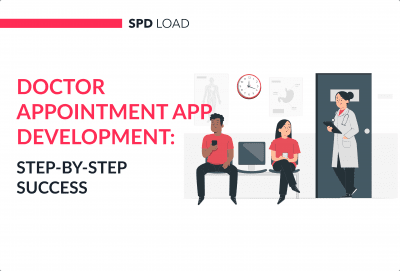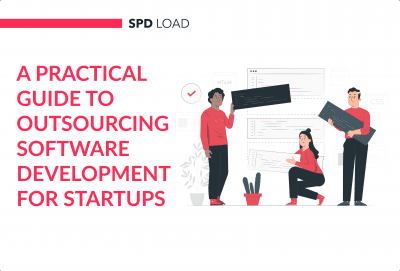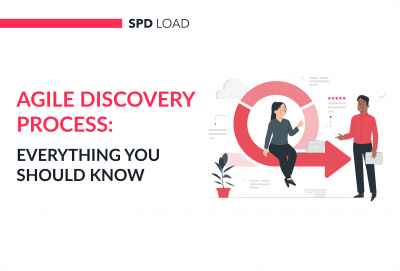How to Calculate NPS with Our NPS Calculator
- Created: Apr 09, 2024
- 4 min
NPS stands for Net Promoter Score.
It’s a way for businesses to measure how happy their customers are and how likely they are to recommend the business to others.
Here’s a simple example of how it works.
Let’s say you have an online clothing store. You send out a survey to your customers asking them one important question: “How likely are you to recommend our store to someone you know?”
Customers can respond with a number from 0 to 10, with 0 being “not likely at all” and 10 being “extremely likely.”
Based on their responses, you categorize customers into three groups:
- Promoters (score 9-10): These are customers who love your store and are likely to recommend it to others.
- Passives (score 7-8): These customers are satisfied but not overly enthusiastic. They may or may not recommend your store.
- Detractors (score 0-6): These customers are unhappy and may even discourage others from shopping at your store.
Let’s unwrap how you can calculate your NPS, why you need to do that, and what score you should strive for.
Explore our SaaS services today
How to Use the NPS Calculator?
Using our net promoter score calculator is as easy as contacting us!
Here’s how:
Input the number of promoters, passives, and detractors based on the responses you received from your customers.
As we’ve mentioned, promoters are those who gave you a high score (usually 9 or 10), passives gave a neutral score (usually 7 or 8), and detractors gave a low score (usually 0 to 6).
The calculator will then automatically calculate your Net Promoter Score (NPS).
For example, if 50% of your customers are promoters and 20% are detractors, your NPS would be 30 (50% – 20% = 30).
This score gives you a quick snapshot of how satisfied your customers are and how likely they are to help your business grow by recommending it to others.
Once you have your NPS, you can interpret it to gauge customer satisfaction and loyalty.
A higher score means happier customers who are likely to recommend your business, while a lower score suggests you might need to enhance the customer experience to increase loyalty and advocacy.
Use the insights from your NPS to make strategic decisions and improvements in your business, focusing on areas that need attention, for example, content marketing, to enhance customer satisfaction and drive growth.
Why the Net Promoter Score Matters
The Net Promoter Score (NPS) matters because it gives you valuable insights into your customers’ satisfaction and loyalty.
Here’s why it’s important:
- NPS helps you understand how satisfied your customers are with your products or services. Happy clients will buy from you multiple times.
- If people like your service or product, there is a high chance they will recommend you to others. NPS helps you identify your brand advocates (promoters) who can become powerful advocates and help you attract new customers through positive word-of-mouth.
- Improving your NPS can boost customer retention rates and minimize churn rates. A churn rate calculator can reveal valuable insights into customer satisfaction and retention strategies.
- NPS feedback, especially from detractors, provides valuable insights into areas where your business can improve. By fixing problems, you can make customers happier and help your business grow.
Overall, NPS matters because it helps you measure and improve customer satisfaction, drive positive word-of-mouth marketing, increase retention rates, and identify areas for business growth and improvement.
What’s a Good Net Promoter Score?
Now, what’s considered a good Net Promoter Score?
It depends on how you look at it.
There are absolute NPS and Relative NPS.
Absolute NPS compares your score against all industries. The global benchmark data suggests that the average NPS is +321.
Relative NPS is when you compare your score to other companies within your industry.
If your score is below 0, that means you have significant issues to address.
A negative NPS indicates that you have more detractors than promoters. This can signal that there may be some significant issues with customer satisfaction and loyalty.
It’s crucial to solve these issues promptly to prevent further damage to your brand reputation and customer relationships.
When you get from 0 to 30 points, it’s a good range. But still, there’s room for improvement.
This range says that you have some satisfied customers. However, they are more likely to be neutral rather than actively promote your brand.
In this case, you need to identify areas for improvement to increase loyalty and advocacy.
If the net promoter score calculation shows up to 50 scores – you’re doing great.
You have satisfied customers who are generally loyal to your brand, but there may be areas where you can enhance the customer experience to boost loyalty further.
Getting 70 points or above is considered “world class”. Congratulations!
This range indicates a high level of customer satisfaction and loyalty.
Your customers are happy to promote your brand, which leads to positive word-of-mouth and business growth.
Remember, there is always room for improvement. However, getting a perfect NPS of 100 is nearly impossible.
While a high NPS is desirable, a “good” score can vary depending on industry benchmarks and your specific business goals.
The key is to track your NPS over time, strive for continuous improvement, and prioritize actions that drive positive customer experiences and loyalty.












